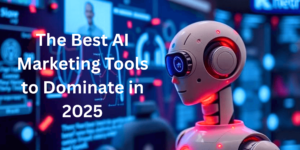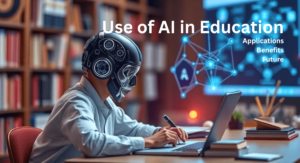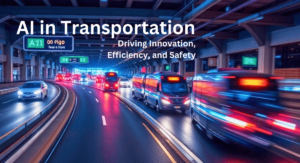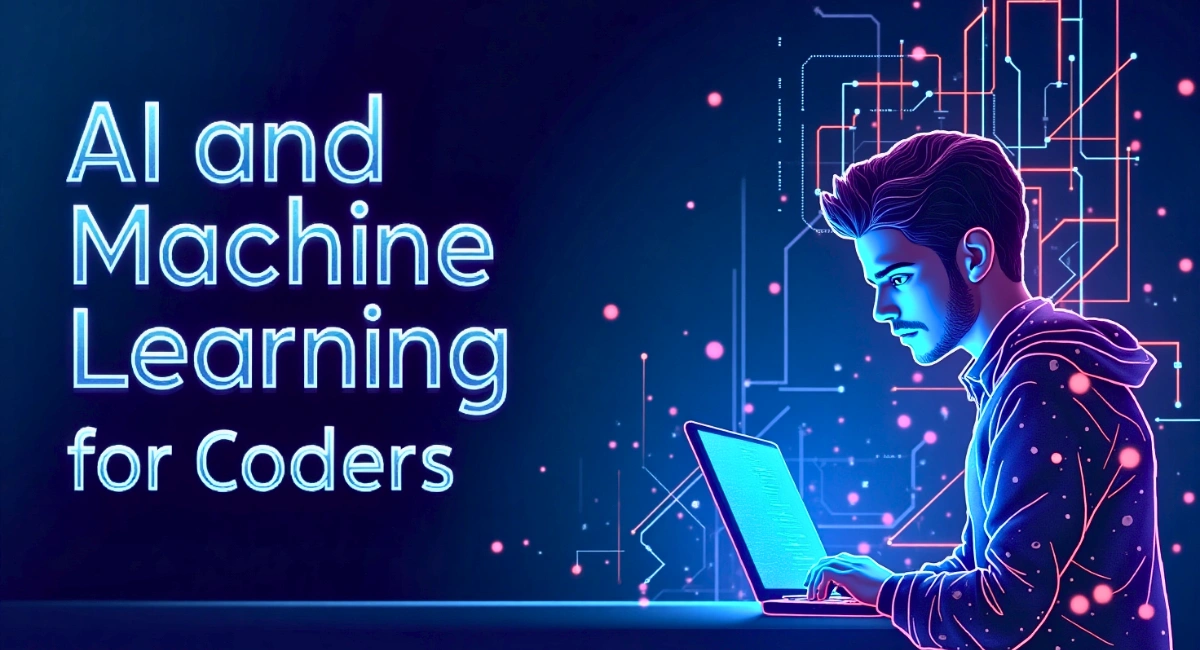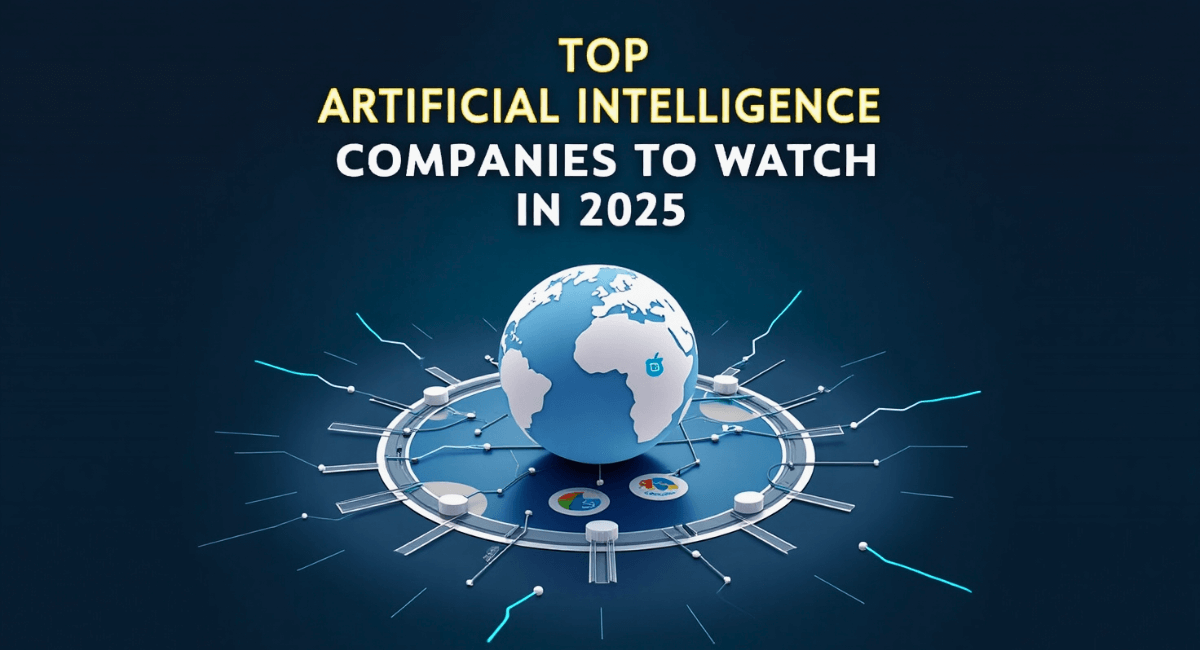Acceleration in DeepSeek R2 AI Model Launch as China Intensifies AI Push
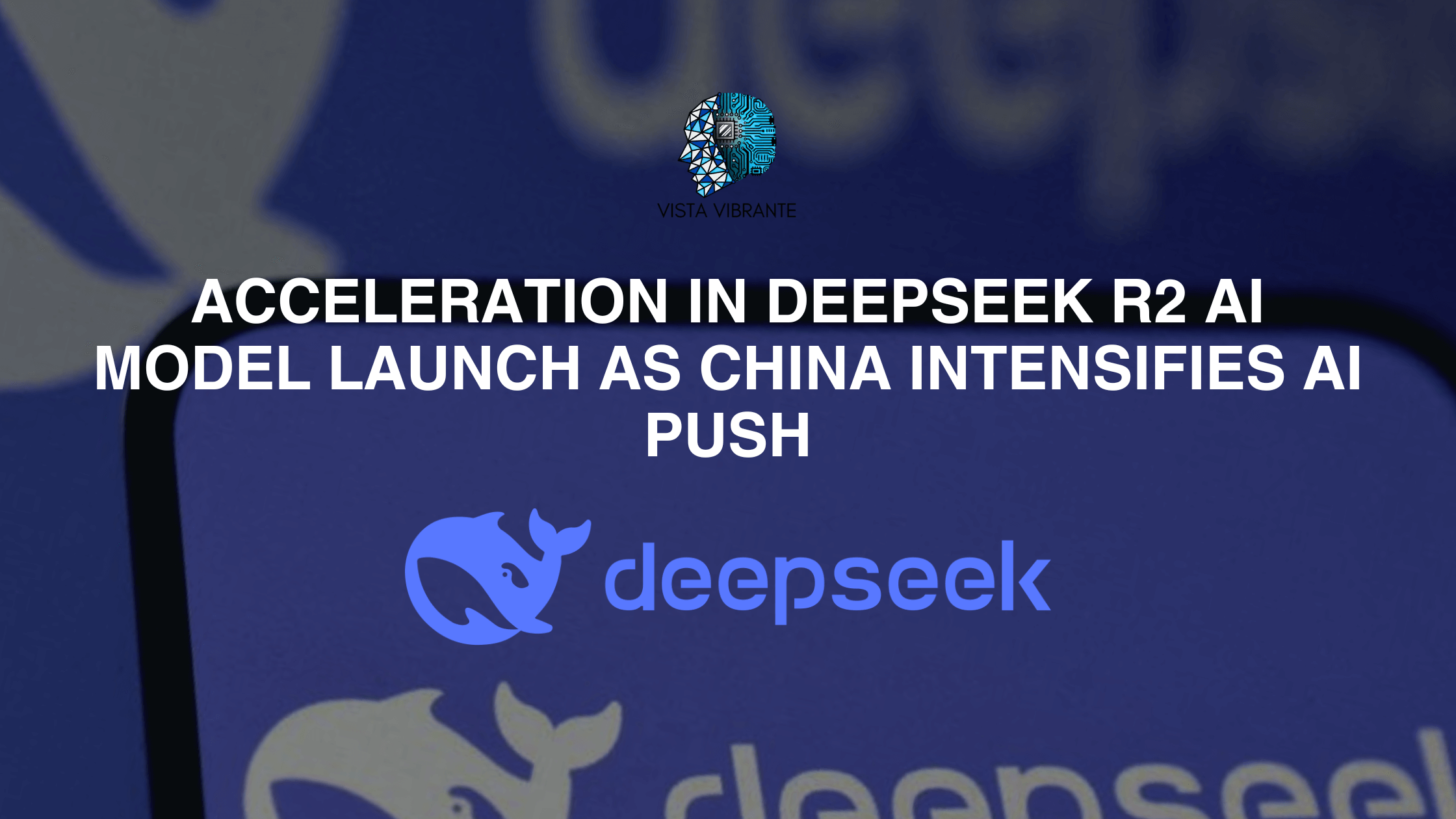
Chinese AI startup DeepSeek is moving fast to release its latest DeepSeek R2 AI model, as China is investing more heavily in AI technologies after challenging international markets with its earlier AI model, R1, which beat many Western competitors at a fraction of the cost, the Hangzhou- based company is seeking to maintain its position.
How DeepSeek’s R2 AI Model is Shaping the Future of AI?
Investors claim that R2, which was originally scheduled for an early May launch, is being pushed for an even earlier release. The DeepSeek R2 AI model is expected to deliver superior coding abilities and enhanced thinking skills across multiple languages beyond just English.
This acceleration is likely to cause concern in the U.S, where AI leadership is considered a national priority. China’s AI plans are being amplified by the quick development of DeepSeek, which is also encouraging more advancement among Chinese businesses and the Government.
DeepSeek is still a quite private company despite its increasing power. Liang Wenfeng, the company’s founder, earned his wealth by running the profitable quantitative hedge fund High-Flyer. Liang, who is regarded as quiet and reserved, hasn’t addressed the media since July 2024.
Unlike many Chinese tech firms, DeepSeek functions less like a conventional company and more like a research lab. Liang’s leadership style prioritizes technical expertise and teamwork above strict order. By providing high compensation and a healthier work environment than China’s well-known demanding “996” work culture (9 AM to 9 PM, six days a week), the company has been able to draw in the most talented employees. Workers usually put in eight hours a day in a positive environment.
DeepSeek adopted a different strategy from Chinese Behemoths like Baidu, which focuses on releasing AI-powered apps to make money on the AI boom. Rather than investing completely in commercial applications, Liang focused on improving the quality of AI models.
Deepseek’s AI models are competitive and significantly less expensive than their Western models. According to analysts, DeepSeek’s models are 20-40 times less expensive than their OpenAI competitors.
The benefit of DeepSeek comes from High-Flyer’s years of investment in AI research and processing capacity. The hedge fund put 70% of its profits back into AI development, making it an early pioneer in AI-driven dealing. High Flyer had already constructed a sizeable AI computer infrastructure by 2021, which included a supercomputing cluster with 10,000 Nvidia A100 chips. When the United States stopped the shipment of A100 chips to China in 2022, demonstrating the importance of this vision.
Chinese authorities have welcomed DeepSeek’s growth and now see it as a national asset. It has been suggested that the corporation avoid media attention to prevent needless investigation. At the same time, Major IT companies like Lenovo, Baidu, and Tencent, as well as government organizations and private companies, have begun using DeepSeek’s AI models in their operations.
DeepSeek has challenges as it expands into other markets while taking back in China. Due to privacy concerns, DeepSeek has already been taken out of app stores in South Korea and Italy. Some analysts believe that as its power increases, the West may impose more limitations on software partnerships and AI chip shipment to China.
What's Next for DeepSeek?
With the upcoming release of R2, the success of DeepSeek could further transform the AI market. It has shown that it is possible to create high-performance AI models more cheaply and effectively. Western Companies like Google and Open AI may be under pressure to reconsider their investment plans and pricing policies as a result of this trend. Right now, everyone is focused on R2 and its potential for artificial intelligence in the future.
Source: MSN
Related

Top Uses of AI in Healthcare: Transforming Patient Care and Medical Innovation

The Future of AI Investment Opportunities: Best Companies & Stocks to Watch in 2025
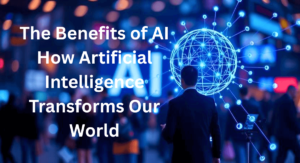
The Benefits of AI: How Artificial Intelligence Transforms Our World?
